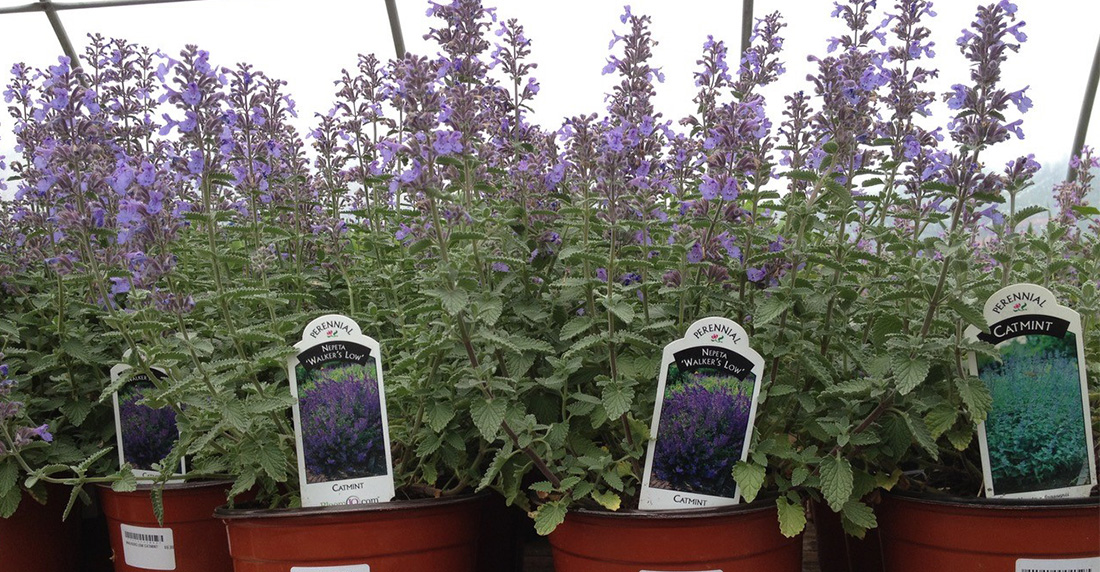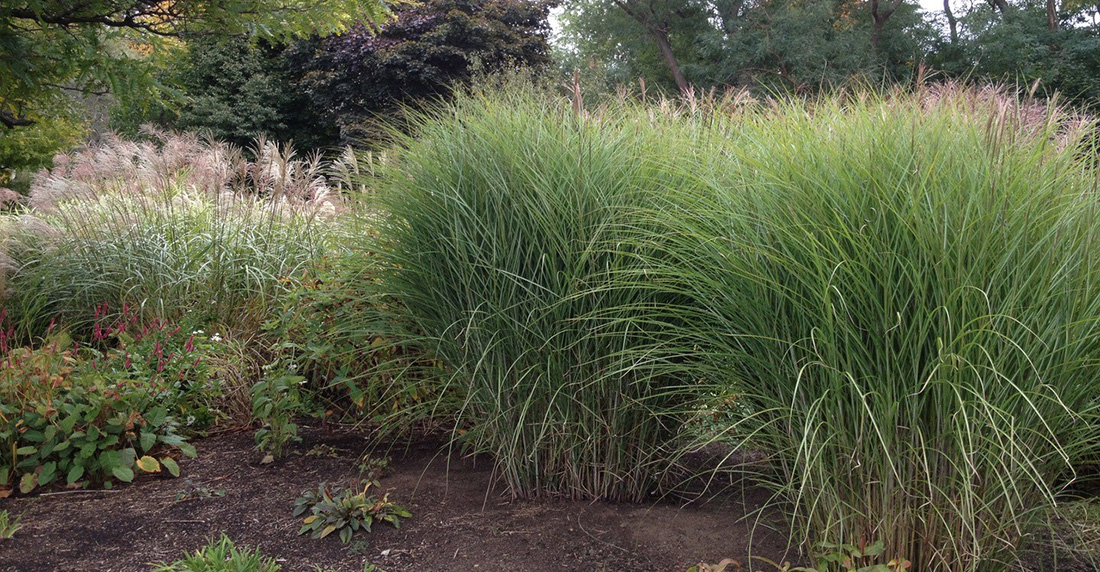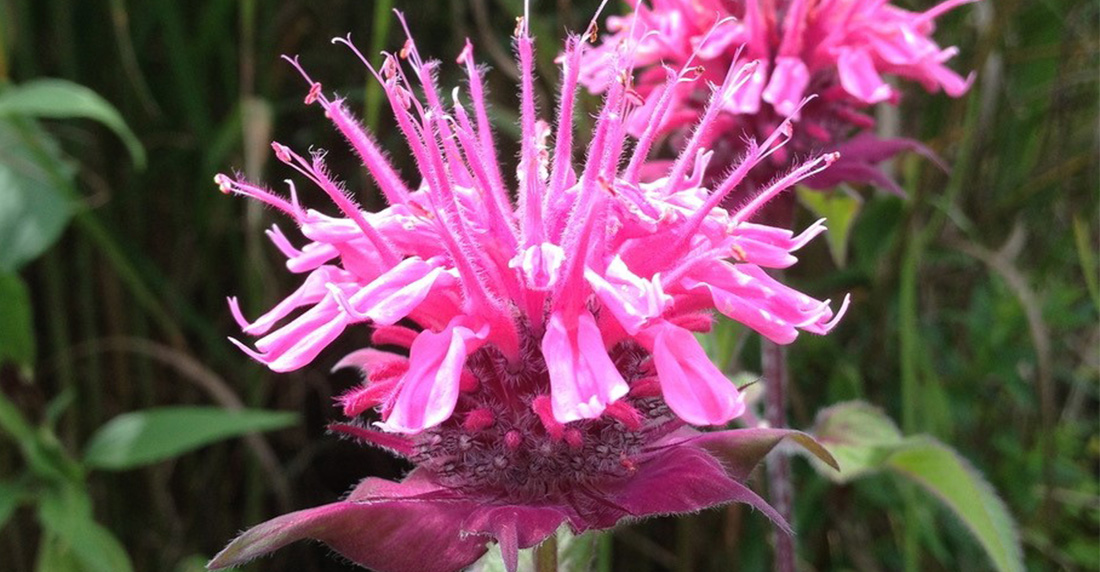Niki Jabbour
I garden in deer country. On any given day, I can look out my kitchen window and spot a handful of deer casually wandering across my backyard. And while they may be beautiful to look at, deer can be destructive in a garden. For years, I would replace nibbled or mowed down perennials with fresh plants, hoping for a different result. Unfortunately it wasn’t until I learned to select deer-resistant perennials that my garden finally was able to thrive.
Realistically there is no such thing as a deer-proof plant, but there are plants that are far less palatable to deer grazing. The most deer-resistant plants are those that have fragrant, hairy, prickly, tough, or toxic leaves. Lavender, for example, has very aromatic foliage and is generally unbothered by deer. Here are seven hardy perennials perfect for deer-prone gardens:
Catmint (Nepeta species)
Reliable, long-blooming, and very easy to grow, catmint has become one of my favourite deer-resistant perennials. There are several species and varieties to choose from, with most blooming from spring through fall. ‘Walkers Low’ is an award-winning catmint with lavender blue flower spikes. Each plant grows about two to three feet tall and wide. ‘Cat’s Meow’ is a recent introduction that is more compact and ideal for the front of beds and borders.

Maiden grass (Miscanthus sinensis)
I’m a big fan of using ornamental grasses like maiden grass to add texture, height, and interest to the landscape. But, these beautiful plants are also drought tolerant and deer-resistant. Cultivars like ‘Morning Light’ and ‘Gracillimus’ have narrow, arching leaves that are unfavoured by deer. They’re spectacular in the summer, fall and winter garden and offer added interest when their feathery plumes emerge in late summer.

Bleeding heart (Dicentra spectabilis)
A star of the spring garden, bleeding heart has beautiful arching stems with ferny foliage and heart-shaped pink and white flowers. An old fashioned favourite, bleeding heart is very easy to grow and thrives in full sun to partial shade. It pairs well with other woodland plants like hosta and ferns, but unlike hosta, bleeding hearts are rarely bothered by deer. The plants grow up to three feet tall and wide.
False indigo (Baptisia australis)
False indigo forms dense clumps of blue-green foliage that are topped with tall spikes of purple-blue flowers in late spring. The bees adore this hardy perennial that is incredibly tough and rarely bothered by pests, diseases, or deer. Ideally, false indigo should be planted in full sun as those grown in less light can flop over.
Bee Balm (Monarda species)
A North American native, bee balm is a classic cottage garden plant for mid-summer. The flowers can be red, purple, pink, or white and entice bees, butterflies, and hummingbirds. Powdery mildew can be an issue, but proper spacing and planting resistant varieties reduces mildew. Because it’s in the mint family (but not invasive), it has aromatic foliage deer find unpalatable.

Salvia (Salvia species)
Salvia is the perfect perennial for sunny beds and borders. The flowers emerge in early summer and last for several weeks. ‘May Night’ is an extraordinary cultivar with vibrant purple-hued flower spikes that grow up to eighteen inches tall. Once the early summer flowers have faded, cut the plants back hard to encourage fresh growth and a possible late summer re-bloom.
Bigroot geranium (Geranium macrorrhizum)
I like to call bigroot geranium a ‘garden grunt’ because it’s practically indestructible, even in deer country! The plants spread easily (but they can be dug up to be moved or shared), forming an attractive ground cover. The flowers, which are bright pink, are held above the mass of pretty foliage. Plant in sun or shade.
